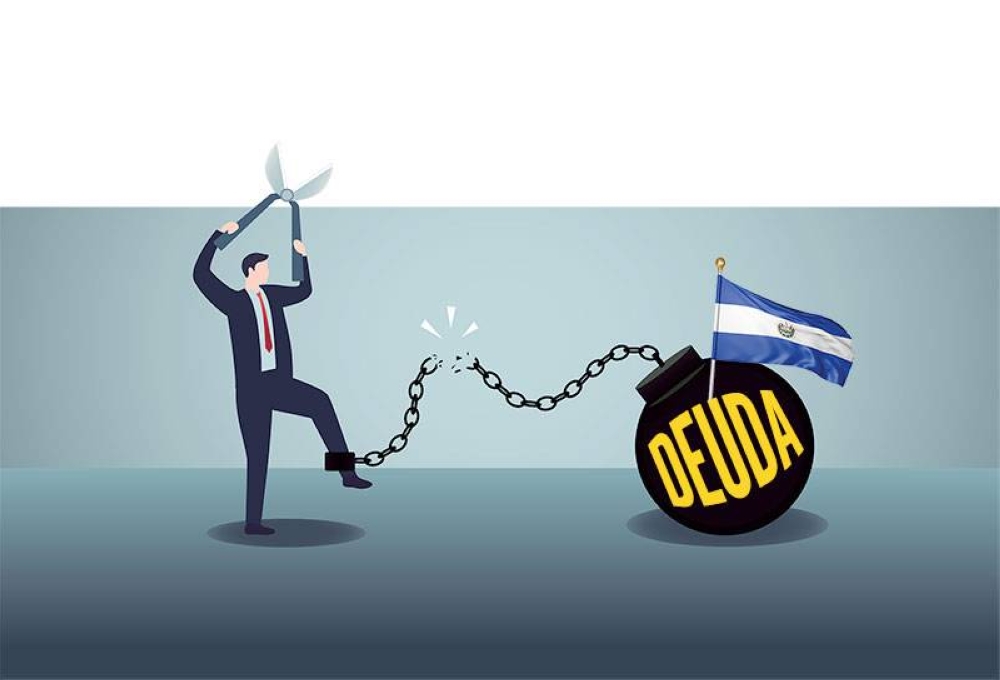El Salvador is in selective default by one day, and yesterday S&P raised the rating to “CCC+” again, with a positive outlook.
Less than 24 hours continued the selective default in which El Salvador was placed by S&P Global Ratings, which yesterday improved its sovereign risk rating and outlook. And the agency announced on Tuesday evening that El Salvador is in selective default because it considered the change in the terms of the pension debt to constitute a default, but warned that it would change its note on May 10. He first downgraded the rating from “CCC+” to “SD”, then brought it back to “CCC+”. The most significant change is his outlook, which has gone from negative to positive. Fitch Ratings went through the same process last week, applying a downgrade and then raising it to “CCC+”. This crossover in the rating agencies is due to the fact that the agencies consider the pension debt swap completed by the government on April 28 to take place under adverse conditions, but at the same time they understand that this will give them financial relief. This improves your financial situation.
No risk of defaulting again?
In its analysis, Standard & Poor’s called pension swaps a “problem” and “rather than an opportunity” due to “apparent macroeconomic vulnerabilities” and limited government financing alternatives. A Group C rating means that the issuer is at risk of default. , but Standard & Poor’s credit ratings agency said yesterday that it does not expect a default in the next 12 months. The stable outlook reflects our “balanced risk view” between limited funding alternatives and declining needs for “better-than-expected financial results”. He said in his report that the recent exchange of pension debt and the purchase of bonds in the past year also had an impact. On Tuesday, the president promised that El Salvador’s bonds would “soon” become investment grade, a class El Salvador lost in 2010.
tax position.
Standard & Poor’s explained that the rating also “reflects that the country relies on favorable trade, financial and economic conditions to meet its financial obligations, which appear to be unsustainable in the long run.” Instead, Fitch argued that the rating upgrade was due to the “successful completion” of the January 2023 note exchange and payment, a controversial debt issuance that put the country on edge due to uncertainty that the government could not meet the obligation. However, Standard & Poor’s credit ratings agency warned that it may downgrade its rating in the next six to eighteen months if it notes the government’s weak ability to adjust the fiscal deficit and reduce the debt burden. The tax administration managed to reduce the fiscal deficit from 10% of GDP in 2020 to 2.6% in 2022. In addition, it cleaned up part of the bond card by buying back 2025 bonds from it. You owe only $348 million. Even with the upgrade, S&P said the rating is a sign of institutional weakness due to “longstanding” difficulties in predicting government policies amid “weak balances.”
data
El Salvador had Class B—between Baa3, Ba1, and Ba3—from 1997 to 2016. As of 2017, it has been declining and stagnated in Group C, which is a speculative score.





